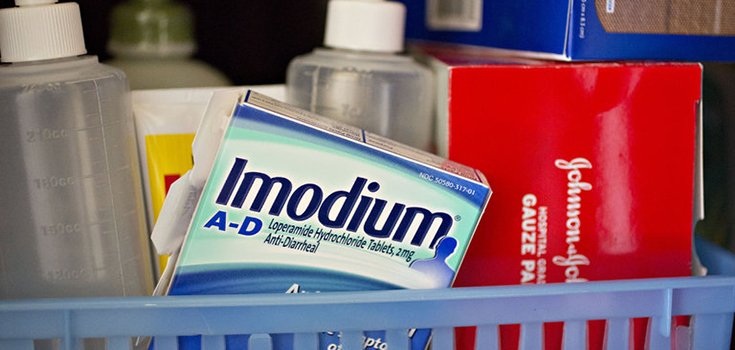FDA: Here is Why People are Now Abusing Anti-Diarrhea Medication, Imodium

The US Food and Drug Administration has warned that many people are now taking to the anti-diarrhea medication, Imodium, to help curb cravings for opiates. Although some people accidentally overdose on the drug to help diarrhea symptoms subside, many more people are using them as a substitute for opiates, possibly due to the fact that doctors and pharmacies are trying to cut down on the amount of pain killers and addictive drugs they prescribe to patients.
Dr. Jeffrey Reynolds of the Family and Children’s Association stated:
“Folks that are desperately addicted, folks that are looking to stave off withdrawal symptoms, will do whatever it takes, sometimes, really extreme things. So in the scheme of things, taking 300 pills is not unheard of.”
In the past, abuse of Sudafed, a common decongestant, became widespread resulting in the medication becoming prescription only with the United States.
Abusing the Imodium can lead to serious heart defects, and even death in some cases. Those who have been researching the abuse of over-the-counter medication have recommended heavier restrictions on the drugs.
The FDA, however, has not made a statement whether or not they will begin to control the drugs in the same way they did for Sudafed.
The FDA said in a safety announcement:
“The majority of reported serious heart problems occurred in individuals who were intentionally misusing and abusing high doses of loperamide in attempts to self-treat opioid withdrawal symptoms or to achieve a feeling of euphoria. We continue to evaluate this safety issue and will determine if additional FDA actions are needed.”
However, the FDA does recommend attempting to educate the public about the dangers of overconsumption. In the past 39 years, since Imodium was approved for the market, ten people have died of overdoses. While the FDA has continued to take steps to reduce opiate use in the United States, the number of people who have died from overdoses continues to rise.
Sources:
